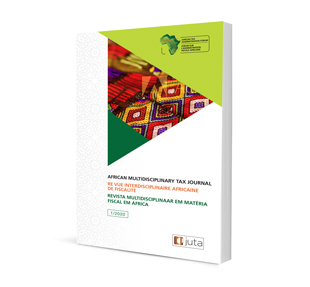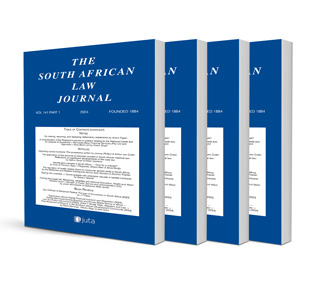Note: Can a Hypothetical Comparator be used in an Equal Pay Claim under Section 6(4) of the EEA?

Note: Can a Hypothetical Comparator be used in an Equal Pay Claim under Section 6(4) of the EEA?
Author Shamier Ebrahim
ISSN: 2413-9874
Affiliations: Senior Lecturer, Department of Mercantile Law, Unisa; Advocate of the High Court of South Africa; LLB (NMMU); LLM Labour Law (cum laude) (Unisa); LLD (Unisa)
Source: Industrial Law Journal, Volume 45 Issue 4, 2024, p. 2211 – 2221
https://doi.org/10.47348/ILJ/v45/i4a4
Abstract
This note deals with the question whether a hypothetical comparator can be used in an equal pay claim under s 6(4) of the Employment Equity Act. A reading of s 6(4) which contains the three equal pay causes of action requires an equal pay claimant to compare her terms and conditions of employment with those of an actual comparator. This, however, is not the end of the matter as item 6.5 of the Equal Pay Code provides that an equal pay claimant may base an equal pay claim on the ground that she would have received higher pay if she were not a female and this allows for the use of a hypothetical comparator. It is contended that s 6(4) of the EEA, read with item 6.5 of the Equal Pay Code (and Mutale’s case), provides for the use of a hypothetical comparator and this argument is buttressed by both international labour law and United Kingdom equal pay law.


